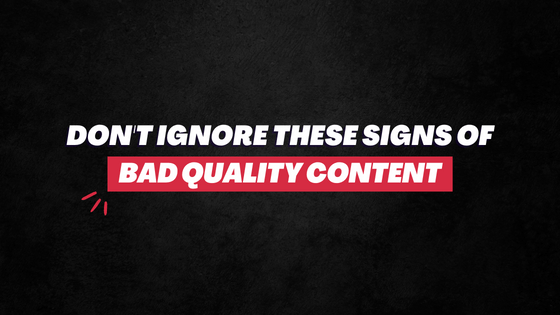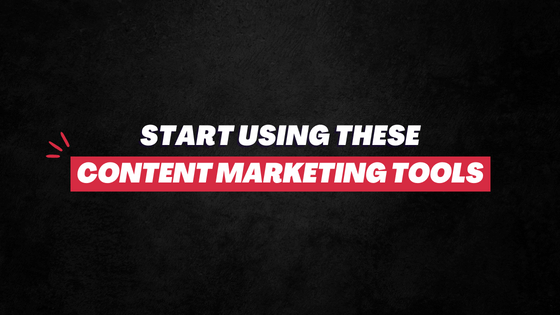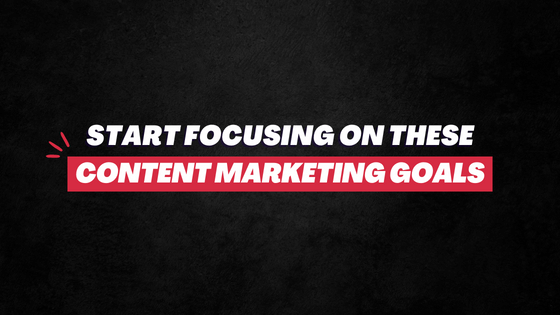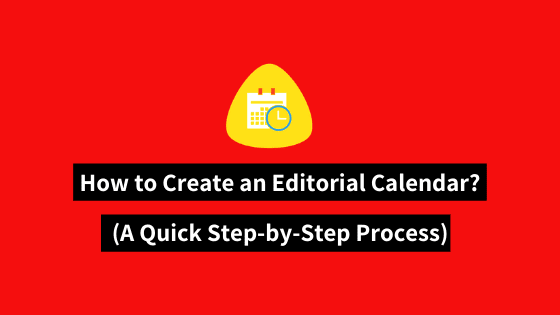
An editorial calendar is the most fundamental part of successful content marketing strategy.
In its simplest form, it is about what content will you publish when.
In an advanced framework, an editorial calendar can be quite extensive – what content will you publish when, on which platform, optimizing with which keywords, to target which buyer persona, for what objective, and more…
Remember, there are no hard rules as to how to create an editorial calendar.
Plus, there’s no such thing as right or right.
The style, scope, depth, and format of the editorial calendar can vary for different people based on their content strategy, approach, goals, and preferences.
In short, there are many ways how to create an editorial calendar. The one I have charted below is just one of them; it takes a quick, simpler, and more systematic method.
So, take steps to solidify your content marketing strategy. Here’s how to create an editorial calendar:
Step 1: Structure it Well
Have three categories:
★ Top of the funnel (ToFu)
★ Middle of the funnel (MoFu)
★ Bottom of the funnel (BoFu)
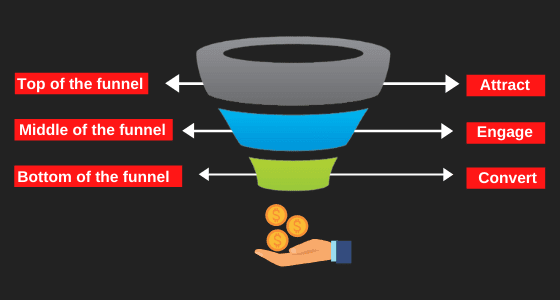
Step 2: Find the content topics
Do thorough research to find apt content ideas and topics for each of the three categories.
Remember:
★ Content in ToFu attracts [Increase traffic]
★ Content in MoFu get people aware of you [Brand/product awareness, lead generation)
★ Content in BoFu takes people closer to purchase your product (Conversion/Sales)
Recommended Read: How to Find Blog Content Ideas: 13 (Very Easy) Ways
Step 3: Get your hands dirty now
Once you have the topics for each category of your marketing/sales funnel…
Time to actually create the editorial calendar.
You can do it on Excel sheet, Google Calendar. There are also many content calendar templates available online that you can download for free. Then there’s also the good ol’ MS word
TIP: I would advise against downloading/using any fancy content calendar template. They might have too many unnecessary fields that can end up confusing you.
Create an editorial calendar yourself in Excel or Word based on your needs, preference, and comfort. Especially if you’re a beginner, you want to keep things much simpler and straightforward for now.
Step 4: What will the editorial calendar include?
The editorial calendar will include the basics like:
🌠 Date
🌠 Topic
🌠 Objective
🌠 Keywords targeted
🌠 Distribution channel
🌠 Which of the 3 categories it belongs
🌠 Category/label/tag
You can include many more columns like CTA, approximate length of the content, buyer persona the content targets, more.
★ Doing competitive analysis will give you some idea of how long the length of your content should be.
★ You have a target audience. Their fictional representation – which will address questions like what they like, what are their pain points, what solutions they are looking for, more – is the buyer persona. Now note, your broad target audience can be divided into many segments. And each of these segments can have their own buyer persona.
Step 5: Put on your glasses and think strategy
Be strategic in planning your editorial calendar – in context to on which date you will publish a post on which topic and to fit which category (ToFu, MoFu or BoFu).
“15 Reasons Why You Should Move to Australia” – this is primarily a top of the funnel content.
Now, instead of creating another ToFu content immediately like “10 Best Places to Shop in Australia”…
You should consider a relevant middle or bottom of the funnel topic that trickles down the visitors and take them closer to conversion.
Like, going from:
“15 Reasons Why You Should Move to Australia” (ToFu)
TO
“How to Apply for Australian Work Visa?” – This primarily qualifies as MoFu and BoFu content where you can subtly promote your service/product and generate leads.
TIP: Don’t carry the mindset “I will first create all the ToFu content and then will jump on to the MoFu and BoFu content”. Strategically take them together to compound your returns.
Common Question When Creating Editorial Calendar
Question) How many months the editorial calendar should cover?
You don’t want to make it too long. What if something changes in the economy, your goals, more? You will have to scrap the calendar and re-define the entire content strategy.
At the same time, you don’t want it to be too small either. You must allot it enough time to show signs of good returns (or loss).
In short, your editorial calendar should ideally cover 4-6 months.
Content Editorial Examples
Here are some of the content editorial examples I came across on Google that you can model around…
The one from Hubspot:
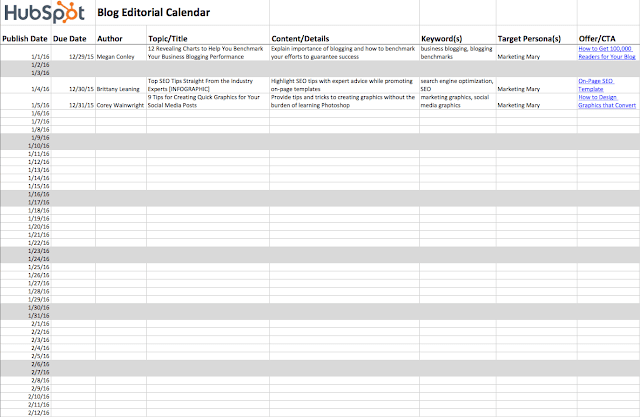
One from Bobangus:
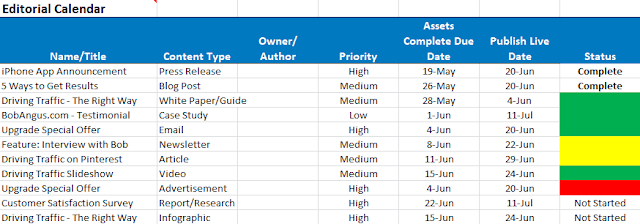
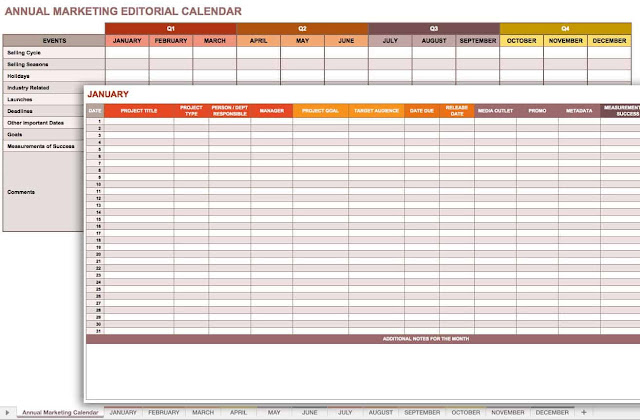
And then from the Content Marketing Institute:
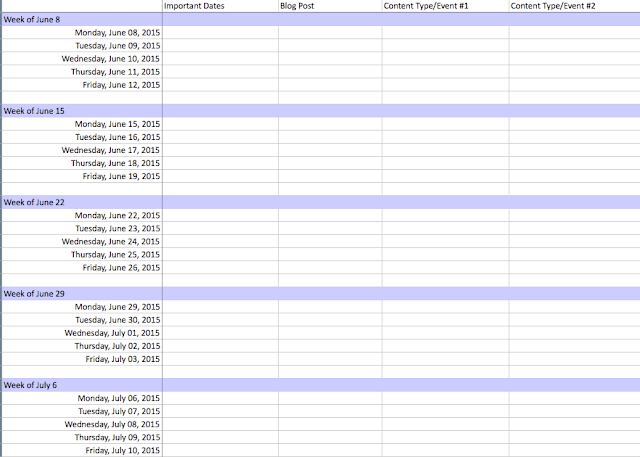
Take some inspiration from these to create your own custom editorial calendar.
Boost Your Content Marketing Game
Don’t make your editorial calendar unrealistic or too ambitious.
Don’t just obsess producing more content.
Keep it spacious. Have enough dates in between to promote the content you’re producing.
Also, what if a new trend starts in your industry?
You want to have enough buffer space in your editorial calendar to incorporate any possible changes/additions in your industry, economy, your strategy.
Recommended Reads:
★ What is Content Marketing? (A Simple Explanation)
★ 15 Steps to a Killer Content Marketing Strategy in 2020
★ 17 Free(ish) Content Marketing Tools We All Need
★ A Complete Process to Measure Content Marketing ROI
★ 38 Most Common Content Marketing Mistakes You’re Making
If you’re looking for more such hands-on content marketing tips, follow Spell Out Marketing on Twitter.
